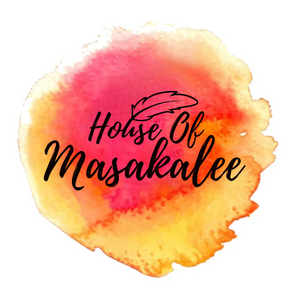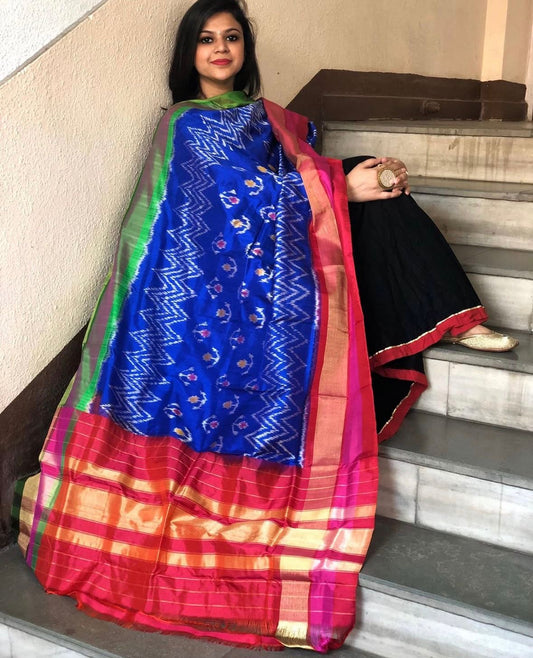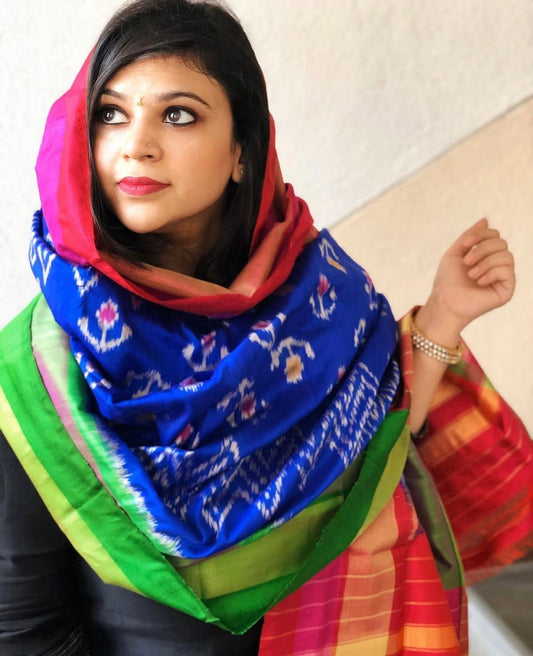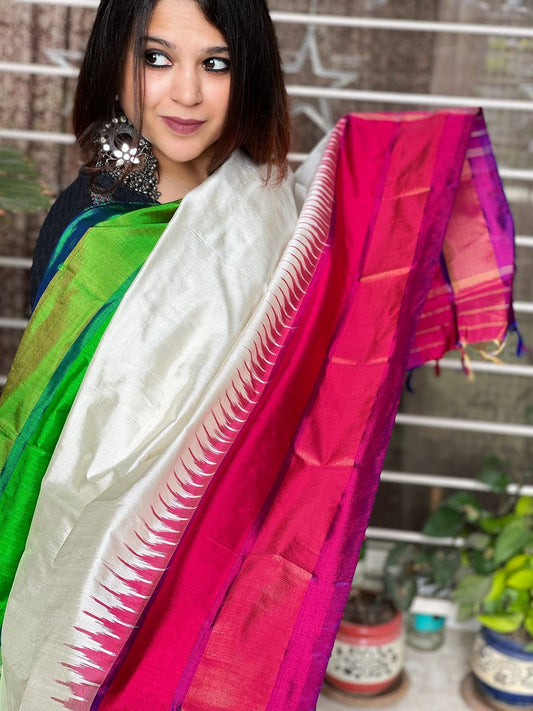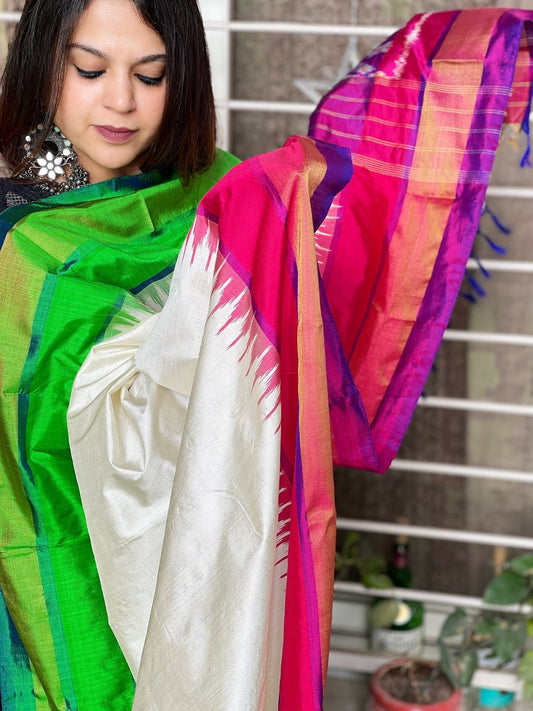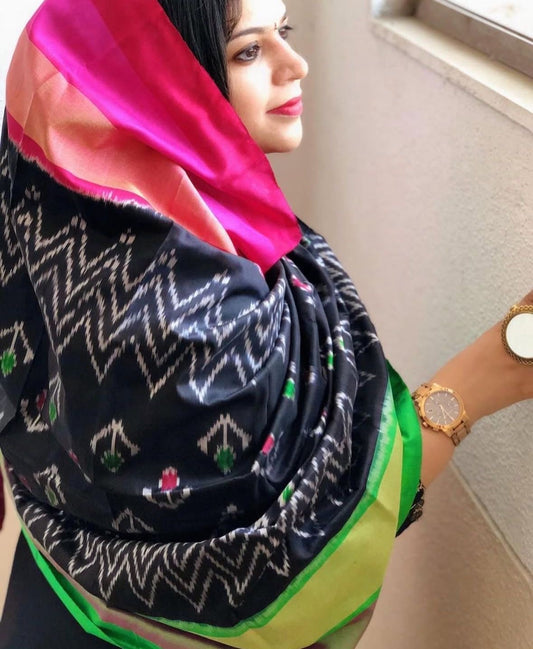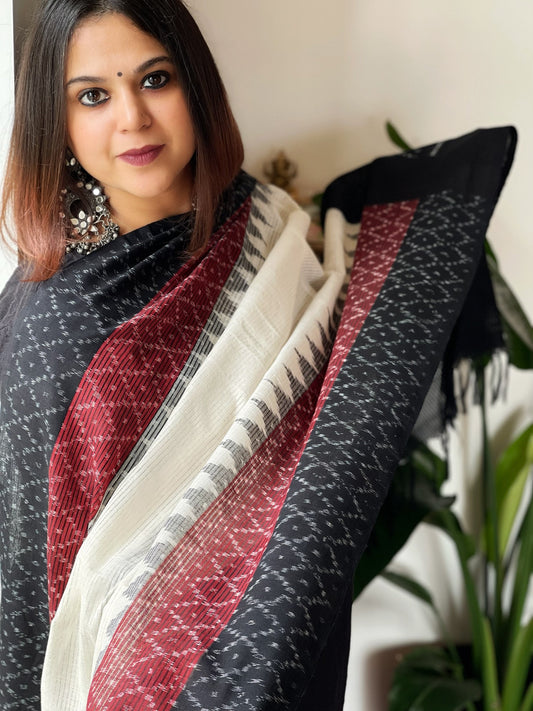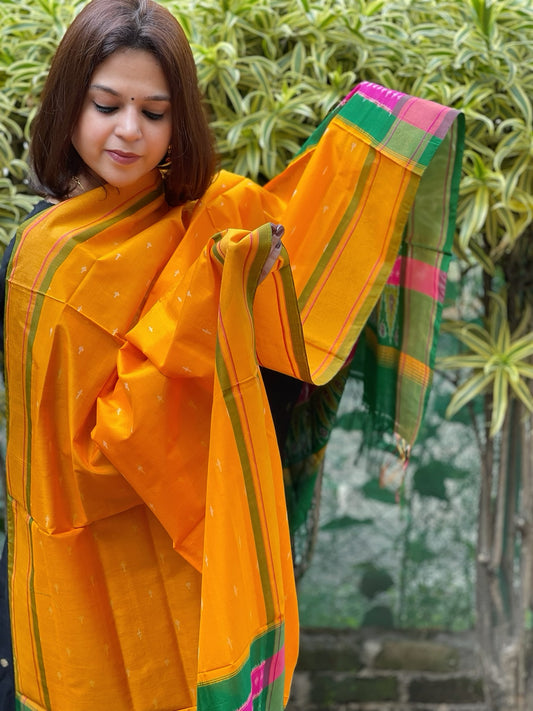Phulkari Dupattas hold a special place in the world of Indian textiles. Known for their vibrant colours and exquisite embroidery, these dupattas are more than just fashion items. They represent a deep-rooted tradition from the state of Punjab, where they originated centuries ago. Each piece tells a unique story, woven with care and precision by skilled artisans. However, like all handcrafted items, Phulkari Dupattas often come with their own set of quirks and imperfections. One common issue that owners may notice is uneven embroidery, which can affect the overall look of the dupatta and raise questions about its quality.
For those who treasure handmade crafts, understanding the nuances of Phulkari embroidery can enhance the appreciation of these beautiful textiles. Although uneven embroidery might seem like a flaw, it's essential to view it as part of the unique character that defines handmade items. The charm of Phulkari lies in its distinctiveness and the human touch that goes into every stitch. Exploring the intricacies of this craft and learning about the people behind it can provide valuable insights into why these imperfections occur and how they contribute to the authentic appeal of Phulkari Dupattas.
Origin and History of Phulkari Embroidery
The term "Phulkari" literally translates to "flower work," a fitting name given the floral motifs that dominate this style of embroidery. The art of Phulkari is believed to have originated in Punjab, a region renowned for its rich culture and tradition. It's not just a form of art but a reflection of the vibrant spirit of the Punjabi people. Historically, Phulkari was an integral part of a Punjabi bride's trousseau, symbolizing her family’s love and blessings.
Phulkari has been around for many generations, evolving through time while maintaining its core essence. Some historians link its early development to the Mughal era, during which embroidery techniques were enriched and refined. In Punjab, Phulkari became a household craft, with women passing down their skills from one generation to the next. Each Phulkari Dupatta is a labour of love, often taking months to complete. This dedication to perfection is also why every piece feels so personal and significant.
Traditions tied to Phulkari suggest that it has played a role in various family events and celebrations. The patterns and designs have specific meanings, often depicting prosperity, fertility, and happiness. The dynasties and cultures that have influenced Phulkari over the years add layers of depth and complexity to its history. This rich tapestry of influences is evident in the intricate designs and vibrant colours that make Phulkari Dupattas stand out in the world of Indian crafts. These pieces are more than just a part of fashion; they are a cherished heritage, lovingly preserved by artisans in Punjab.
The Artisan's Perspective on Phulkari Embroidery
Creating a Phulkari Dupatta is an art that requires both patience and skill. Each piece begins with a selection of fabric, traditionally chosen from cotton or khadi, providing a sturdy and comfortable base for the colourful threads. Artisans use a needle and silk threads to create elaborate patterns of flowers, each stitch reflecting a personal touch. Unlike machine-made items, these threads are carefully woven by hand, often without any pre-drawn patterns. Artisans rely on their experience and creativity, which means that no two Phulkari Dupattas are exactly alike.
The process of creating a single dupatta can take several weeks or even months, depending on the complexity of the design. This time-intensive approach is not just about making a product; it is about telling a story through every stitch. Artisans, often working from their homes, balance this craft with their daily lives, making each dupatta a representation of personal and cultural narratives.
Choosing the right materials is essential. Artisans typically use vibrant silk threads, known for their sheen and durability. The warmth and brightness they bring to the fabric are unparalleled, making Phulkari Dupattas not just appealing to the eyes but also a tactile experience. The entire production journey is a testament to the artisan's dedication and passion for preserving a craft that has been a part of Punjabi heritage for generations.
Common Imperfections in Handmade Phulkari Dupattas
As much as we admire handcrafted elegance, imperfections are part and parcel of this artistry. Uneven embroidery is among the most noticeable traits in Phulkari Dupattas—lines might not always align perfectly, and some motifs may vary slightly in shape or size. These are not defects; rather, they reflect the human touch inherent in each piece.
Why do these imperfections occur? Natural materials tend to have slight variations, and artisans working freehand often make minute adjustments as they go along. This is what differentiates handmade from machine-made—the slight irregularities that show the piece hasn’t been mass-produced, giving it character and authenticity.
These imperfections add to the charm and exclusivity of each dupatta. Every inconsistency is a marker of individuality, reminding us that while machines can strive for uniformity, it is the unique touch of a human hand that gives Phulkari Dupattas their soul.
Addressing and Caring for Uneven Embroidery
Owning a Phulkari Dupatta means embracing its imperfections, but there are ways to ensure it remains a cherished part of your collection for years. Here are a few practical tips:
- Gently hand wash the dupatta in cold water using a mild detergent to maintain the vibrancy of the threads.
- Dry it flat in a shaded area to prevent the colours from fading.
- Store the dupatta folded neatly, away from direct sunlight and moisture, to preserve its fabric and embroidery.
When faced with significant imperfections, such as large irregular areas, it is advisable to consult a professional. An expert can offer guidance on potential restoration techniques that respect the original craftsmanship. While it is vital to care for the dupatta's physical qualities, it's equally important to cherish its imperfections as a sign of the artisan's effort and creativity.
Celebrating the Beauty of Handmade Phulkari Dupattas
Phulkari Dupattas are more than visually striking garments; they are a celebration of cultural craftsmanship passed through generations. The journey from raw fabric to finished piece reflects not just artistic skill but dedication and cultural pride. Each dupatta embodies a story, woven into patterns that connect the past with the present.
Embracing a Handmade Phulkari Dupatta means appreciating the passion of the artisans and recognising the charm of its imperfections. These unique traits make each piece a valuable cultural artefact, deserving of care and admiration. As you fold and unfold each vibrant textile, remember that you are holding a tangible piece of history, one that carries the spirit of its makers and their unyielding devotion to this timeless art form.
Appreciate the elegance and history of a timeless piece by embracing a Handmade Phulkari Dupatta. It's not just about wearing a beautiful garment but celebrating the unique story each one tells. Discover more by visiting Masakalee's curated selection that showcases the intricate artistry and vibrant culture of these traditional textiles. Find your perfect Phulkari piece at Masakalee and let its beauty enhance your wardrobe.
